Plants grow in a variety of soils from Yukon tundra to Wasaga beaches; most individual plants, however, do well only in particular types of soil. Thus, a crucial first step in designing a low maintenance garden is to evaluate your soil and the kinds of plants that grow best in it.
Sand and clay represent two extreme soil conditions. Clay soil consists of tiny particles packed together so tightly that water has difficulty seeping through. Dense and heavy clay tends to block the spread of roots and may ultimately suffocate them; yet, the clay soil is usually loaded with nutrients because they have little opportunity to wash away.
Sandy soil contains large, loose-fitting particles that constantly shift. It has many air pocket for water to drain through and ample room for roots to spread.
Although you can find plants suitable for clay or sandy soil, you can greatly expand your selection by improving the soil with organic matter. Your goal should be to create soil that drains within an hour after heavy rain, crumbles fairly easily in your hand, and is full of nutrients. You can also buy a soil-testing kit from your local garden centre or hardware store and test your soil for acidity (pH scale) and key nutrients, such as nitrogen (for leaf and stem growth), phosphorus ( for root development and seeds formation) and potassium (that enhances plants vigor and resistance to diseases. The majority of plants in the Greater Toronto Area will flourish in soils with pH ranging between 6 and 7, which is mildly acid to neutral.
Follow the steps below to test your soil:
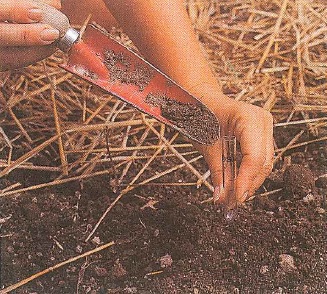 Step 1:
Step 1:
To get a representative sample of soil, mix trowefuls of soil from different parts of the garden together and put a small amount of soil in the kit’s test tube.
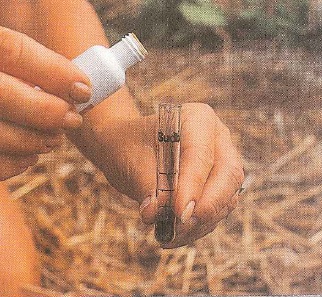 Step 2:
Step 2:
Add the required amount of indicator fluid to the collected soil; gently shake the tube, and wait for the content to settle.
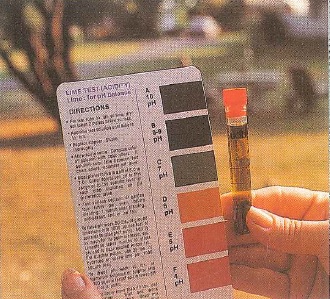 Step 3:
Step 3:
Compare the tube to the test kit’s colour chart. The more expensive your kit is the more accurate information on your soil conditions will you be able to derive.
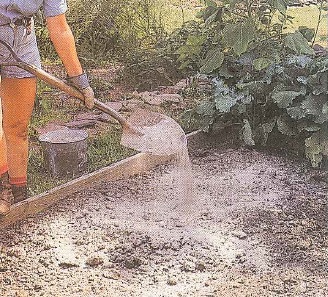 Step 4:
Step 4:
If your soil’s pH is too low, add lime to raise the level; on the other hand, to lower teh pH level, work powdered sulfur or wood ashes into the soil. See the next week’s blog entry for details how to improve the soil condition.





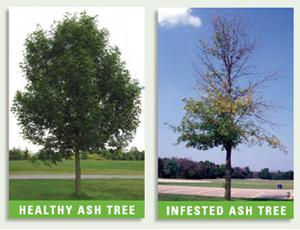

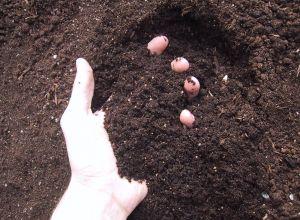

 Japanese Spurge (Pachysandra) – evergreen that looks good all year round, it spreads by rhizomes or roots that creates a dense carpet of green when planted about 15cm apart – it takes about two years for the grid to disappear
Japanese Spurge (Pachysandra) – evergreen that looks good all year round, it spreads by rhizomes or roots that creates a dense carpet of green when planted about 15cm apart – it takes about two years for the grid to disappear Solomon’s Seal (Polugonatum biflorum)– this white flowering plant is a standout as at maturity it grows to 60cm high and features every June a charm bracelet of white flowers that hang beneath the foliage. Solomon’s seal is used to best advantage in raised beds, where you can see underneath the foliage
Solomon’s Seal (Polugonatum biflorum)– this white flowering plant is a standout as at maturity it grows to 60cm high and features every June a charm bracelet of white flowers that hang beneath the foliage. Solomon’s seal is used to best advantage in raised beds, where you can see underneath the foliage Canadian Ginger (Asarum canadense) – a great ground cover that produces broad, rounded leaves with a natural gloss that makes it attractive all season long. It grows to 15 cm high
Canadian Ginger (Asarum canadense) – a great ground cover that produces broad, rounded leaves with a natural gloss that makes it attractive all season long. It grows to 15 cm high
